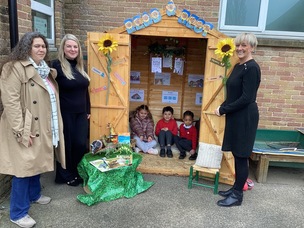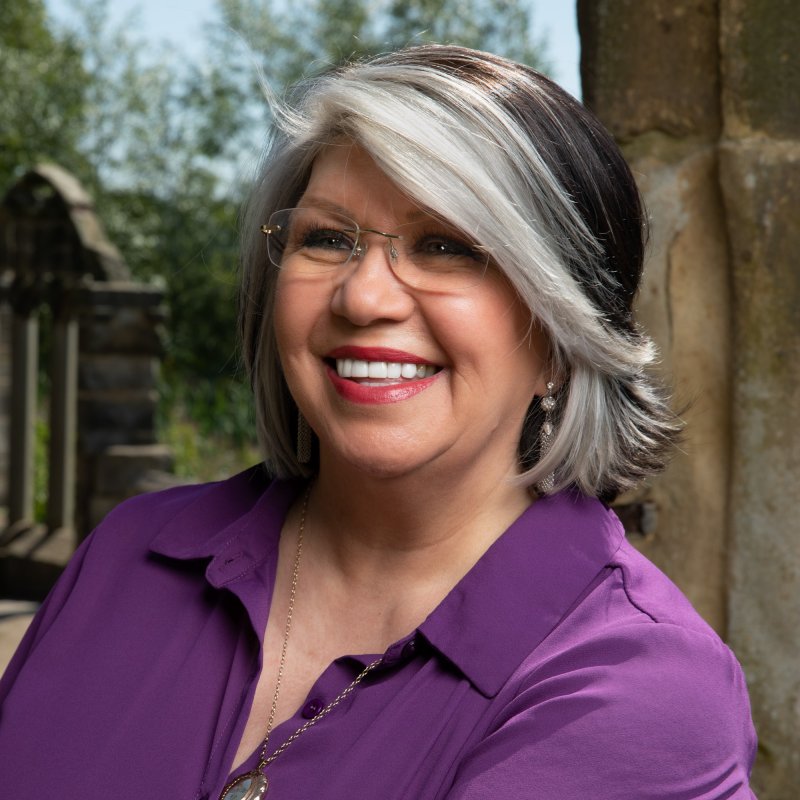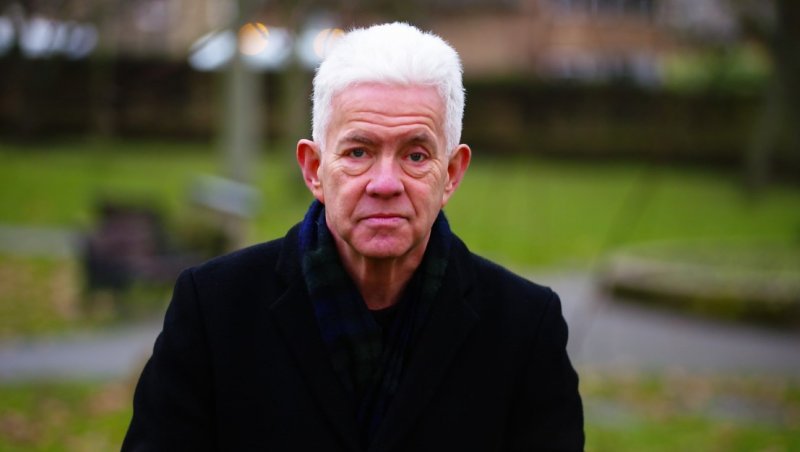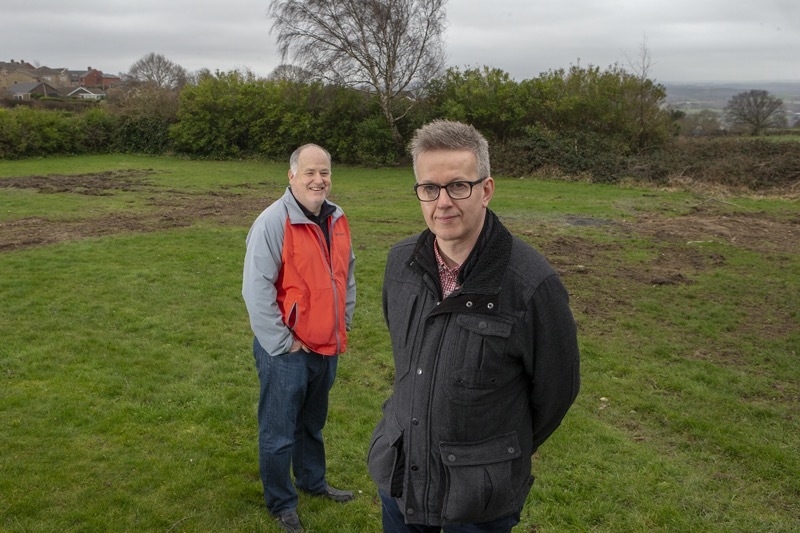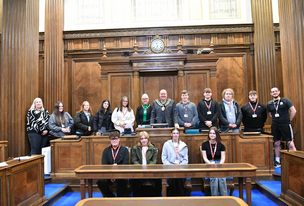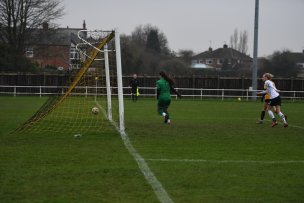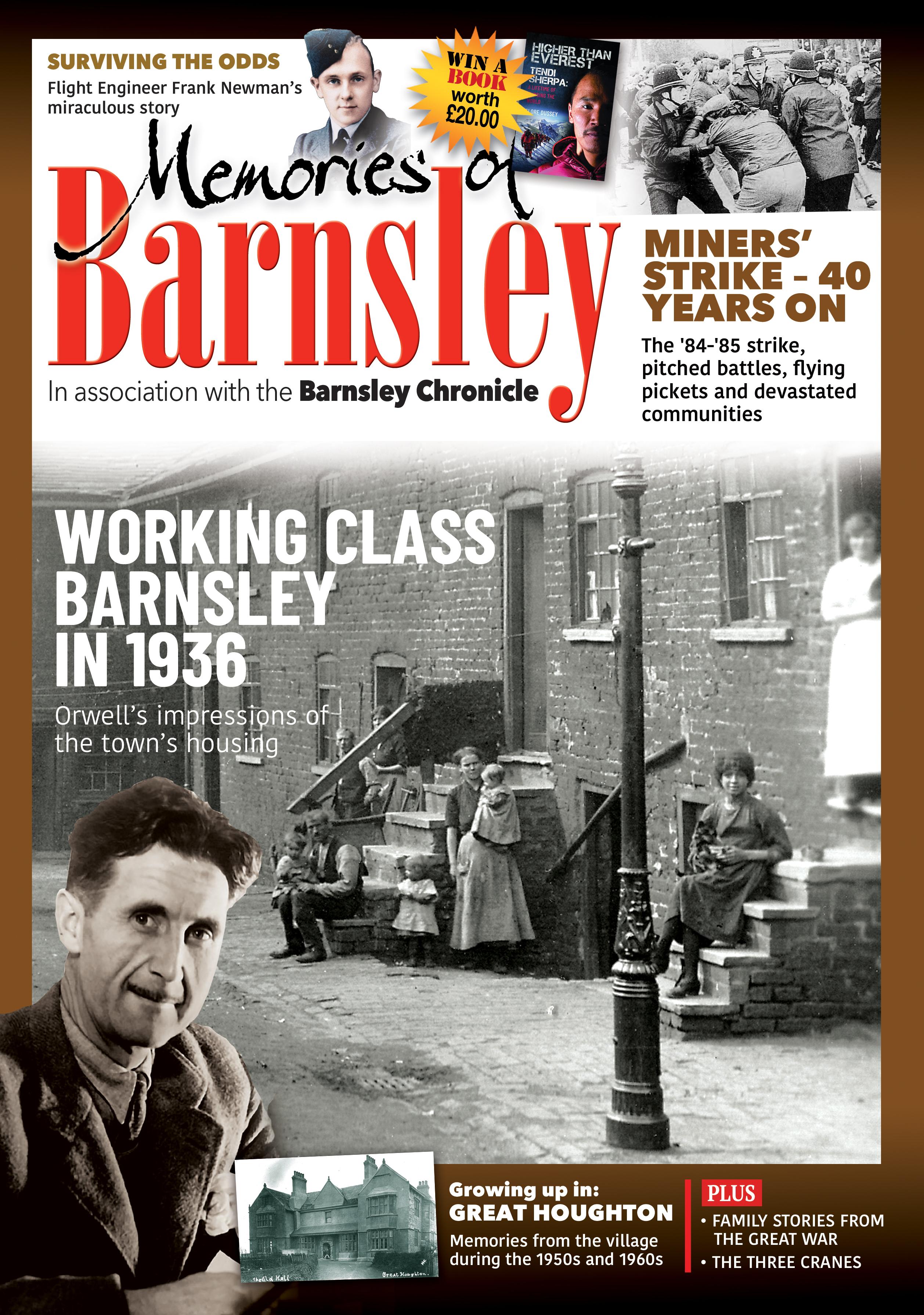SITES set out for future development in Barnsley Council’s contentious local plan blueprint for housing and business growth should be urgently reviewed in light of the Covid-19 pandemic, according to a councillor.
The local plan, formalised in January 2019, allocates land - including swathes of former green belt - for potential development up to 2033.
The 335-page document identified 28,840 jobs, 21,546 new homes, and a ‘vibrant and attractive town centre’, but calls for it to be reassessed have grown given the knock-on impact of the ongoing pandemic.
This, according to Coun Steve Hunt - who represents Darton East - should be grounds for an overhaul of the plan.
“Many residents are unaware of the local plan, which no longer matches the borough’s housing needs,” he told the Chronicle.
“I accept that the council carried out the necessary consultation process, however it passed many residents by.
“In Darton, the first residents knew that land on Coniston Avenue was allocated for housing was when Barratt Homes - the potential developer of 53 homes - started a consultation process last year.
“Residents are dismayed that could have challenged the development at the local plan stage but were unaware of this opportunity.
“Given the many changes that have happened since the plan was approved in early 2019 including leaving the EU, the Covid-19 pandemic and likely changes to the government’s policies and targets for housebuilding, I challenge whether all the development contained in the local plan is now required.
“Developments on green field sites, such as this in Darton, should be halted pending the five-yearly review of the local plan.
“Green space is vital for many things including mental wellbeing and good air quality - the land that is proposed to be developed on contains much wildlife.
“As more and more housing is approved we are losing that - although parts of Barnsley have been designated as ‘urban’ by the council, in many places in it is extremely rural.
“I stand with the residents in fighting against Mapplewell, Staincross, Darton, Windhill and Woolley Colliery merging into one as part of urban sprawl.”
In Barnsley, 2,847 new homes were built between 2016 and 2019 - 9.5 per cent above the target of 2,600 homes.
The council said seven rounds of consultation were held between 2014 and when the local plan was adopted, and that without it in place, they would have little say over developers’ plans.
Joe Jenkinson, head of planning at Barnsley Council, added: “We knew the plan was going to be controversial, because we couldn’t avoid going into the green belt, so we made sure that we publicised the plan in a way that went beyond the minimum requirements that the government impose.
“People who are affected by big sites in the local plan are always going to be upset with the local authority and planning department, but there will always be residents who are happy that we’ve taken enforcement action, which we might not have had the resources to do.
“One of the reasons for us wanting to create 28,000-plus jobs in Barnsley by 2033 was to try and claw back some of the people that were leaving the borough for work.
“The catchprase at the time was ‘working together for a brighter future, a better Barnsley’, and in terms of specific objectives, the plan is around the creation of new jobs and protection of existing jobs, improving conditions in which people live, work, travel and take leisure, widening the choice of homes, improving the design, development, and protecting and enhancing our natural assets to achieve net gains and biodiversity.”

